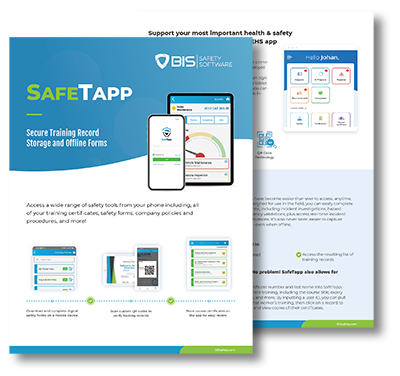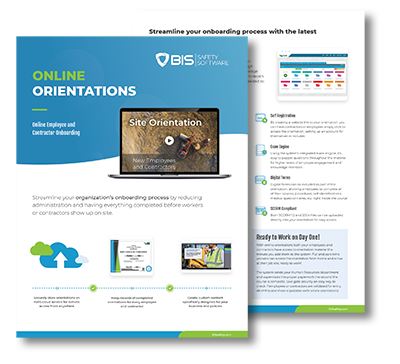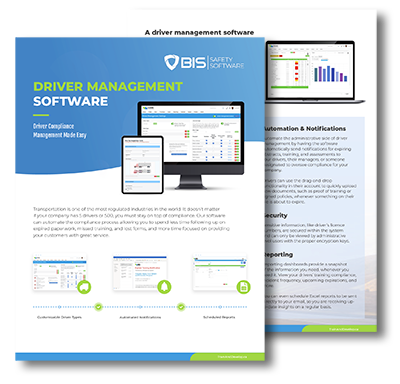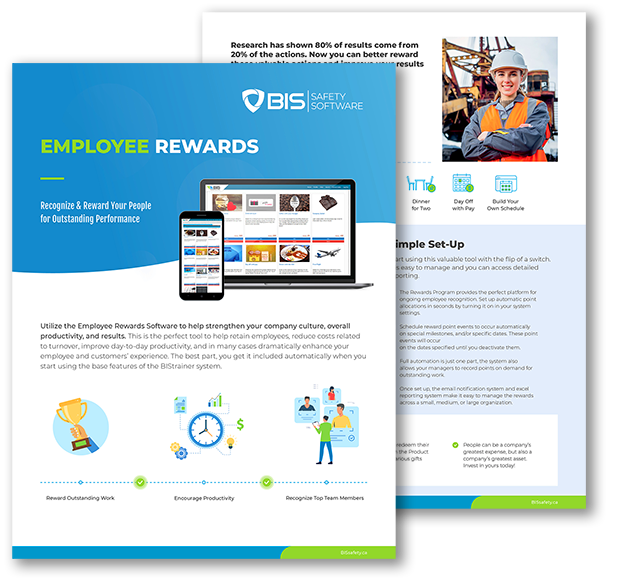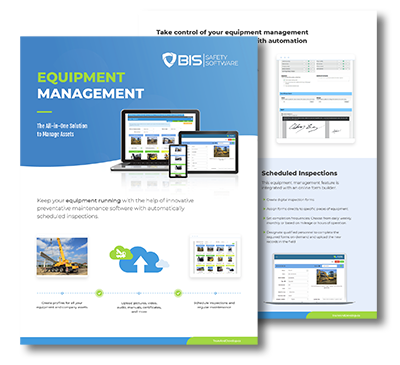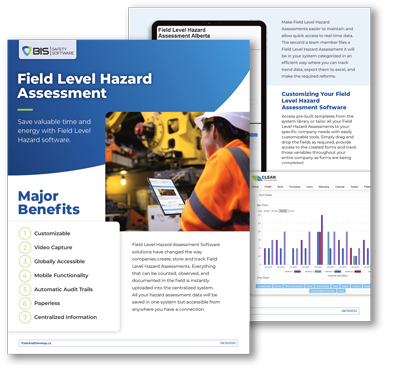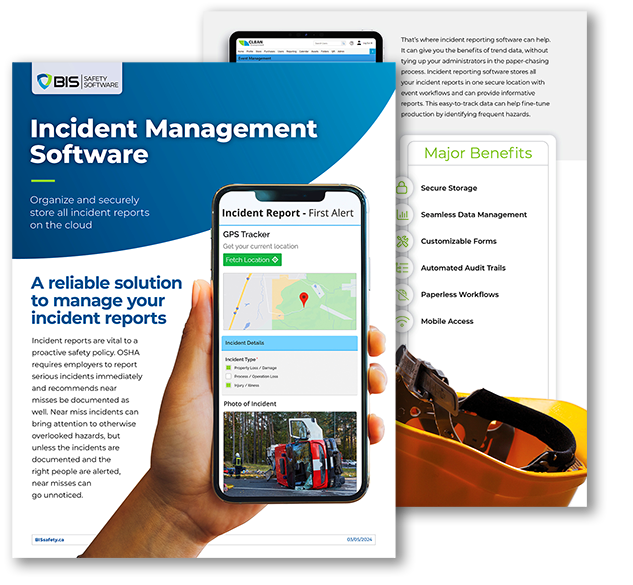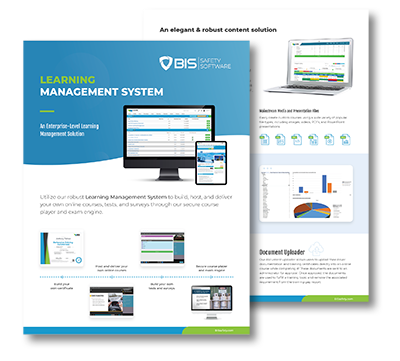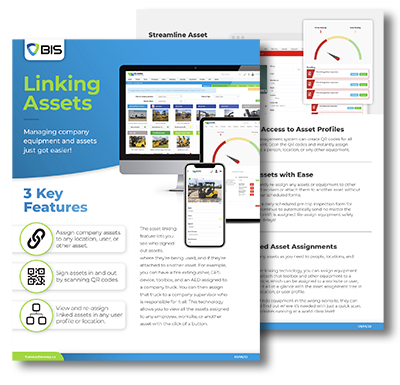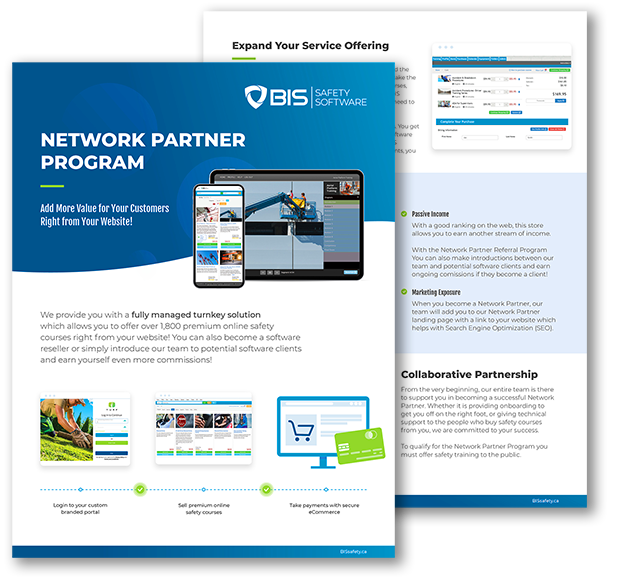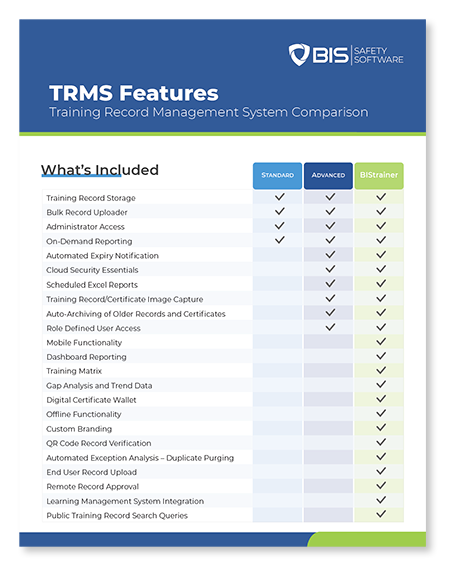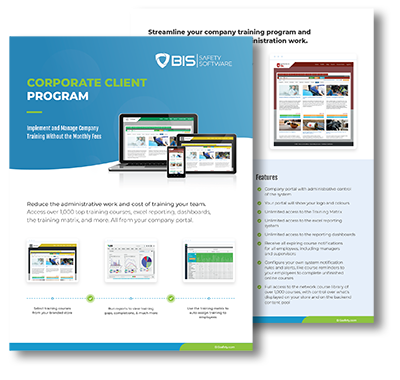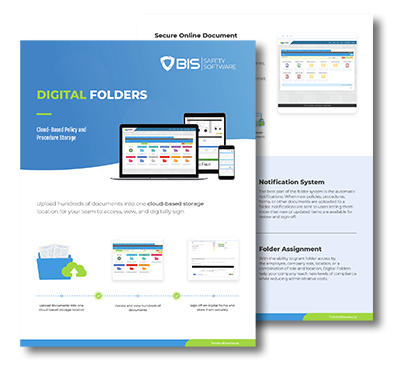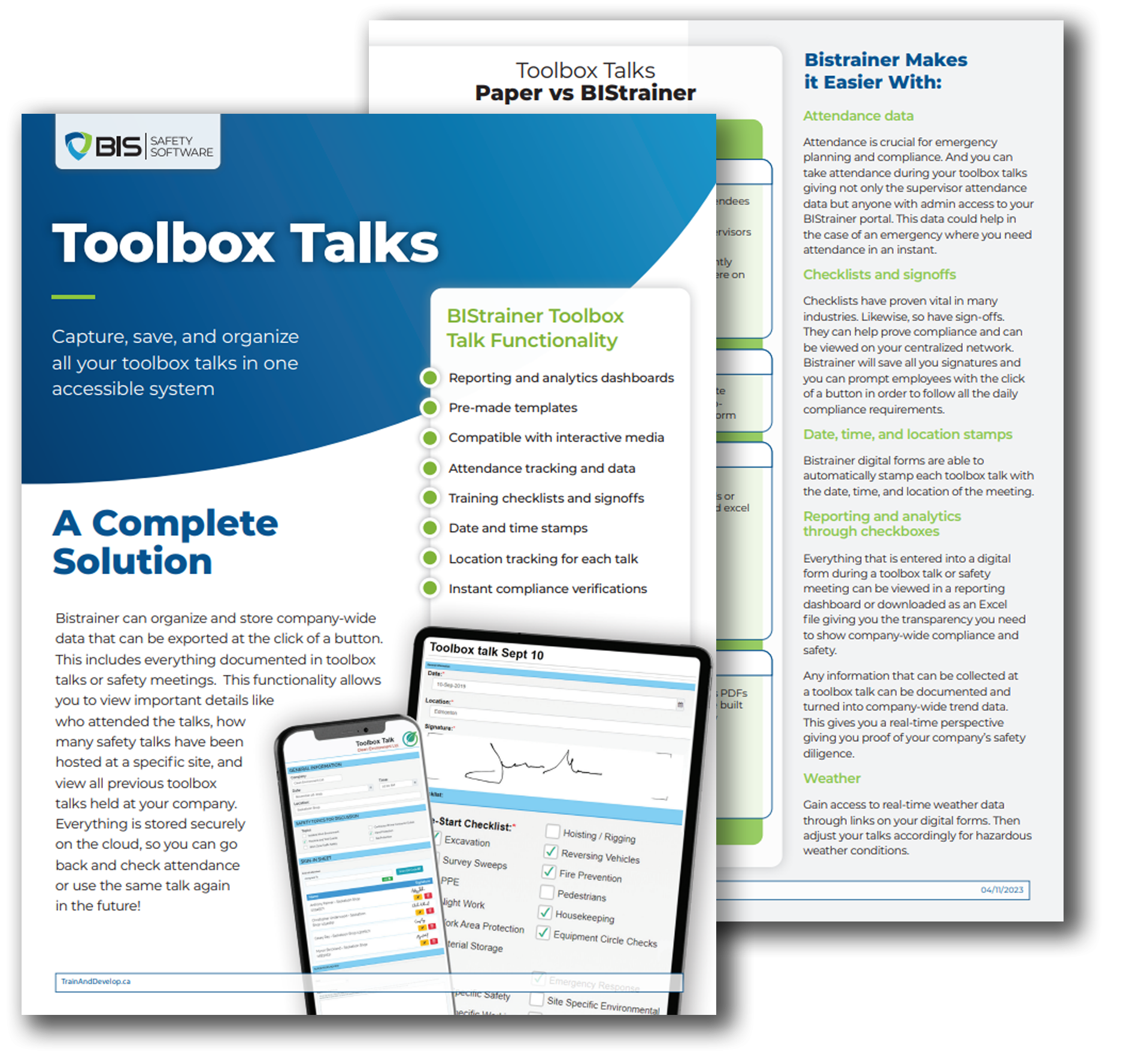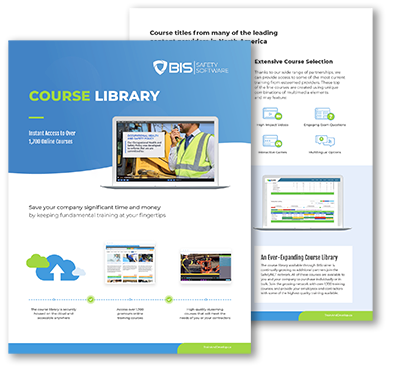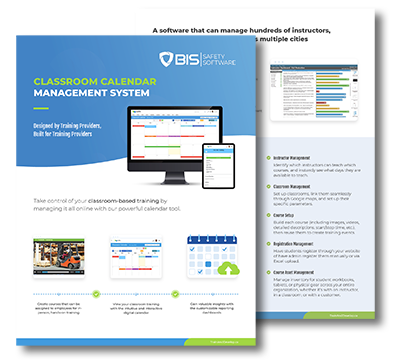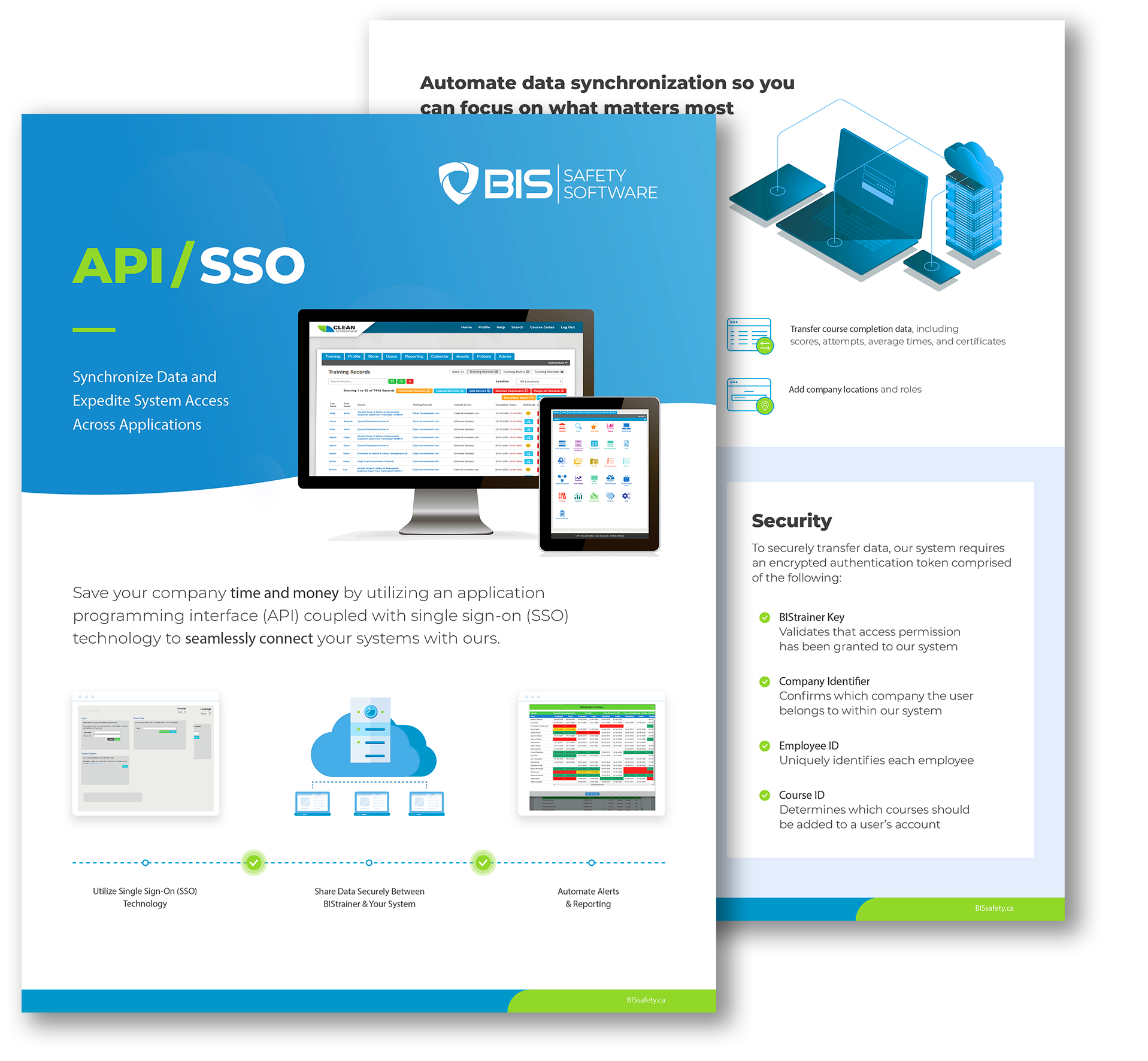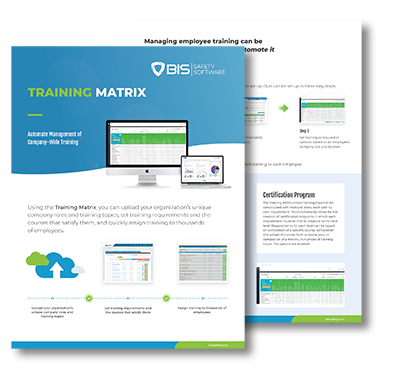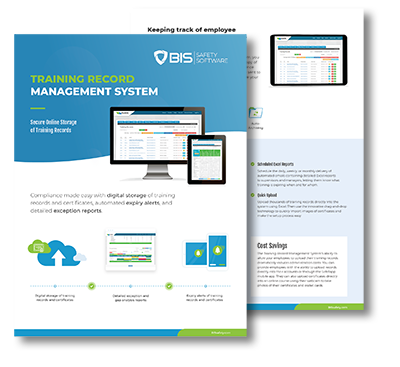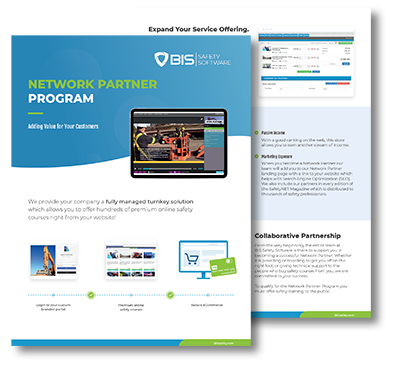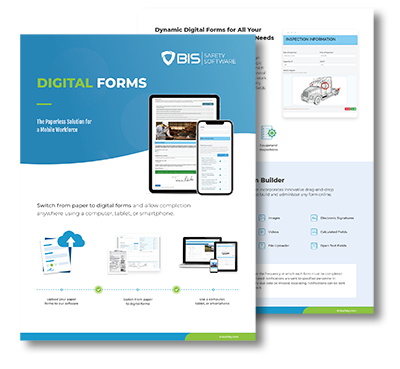Don’t tough it out! Too many workers push through pain instead of speaking up. They strain sore muscles, ignore small cuts, and brush off dizziness. They don’t want to look weak, slow down the team, or risk their job. But ignoring pain doesn’t make it go away—it makes it worse. Minor injuries turn into major ones. Small strains lead to lifelong damage. When workplaces push workers to ignore pain, small injuries turn into chronic ones. Burnout rises. Safety slips behind speed and output.
Why Workers Stay Silent
▸ Fear of Judgment
No one wants to be seen as weak or unable to handle the job. Many workers believe speaking up will make them a target for ridicule or resentment.
▸ Job Security
Some workers worry that reporting an injury could cost them hours or their position. If a workplace treats injuries as a sign of unreliability, workers will hide them.
▸ Team Pressure
If everyone else is pushing through, it’s hard to be the one who speaks up. Workers don’t want to feel like they’re letting the crew down.
▸ Lack of Awareness
Many don’t realize how serious an injury can become if left untreated. What feels like a small strain today could lead to permanent damage months or years later.
▸ Workplace Culture
When toughness matters more than safety, workers see reporting pain as weakness, not a smart choice.

The Real Cost of Pushing Through Pain
A sore wrist today can turn into chronic tendonitis. A minor back strain can lead to a herniated disc. Untreated dizziness can cause a fall, leading to fractures or worse. Repetitive motion injuries, if ignored, can force workers out of their jobs entirely. When workers ignore pain, they risk more than discomfort. They risk long-term disability, lost wages, and reduced quality of life. Pain slows reactions, causes mistakes, and raises the risk of serious accidents. More injuries mean lost time, higher costs, and lower productivity for employers. When injuries pile up, morale drops, and turnover increases. Ignoring pain doesn’t just harm workers—it weakens the whole team.
How to Change the Culture
1. Encourage Reporting
Make it clear that speaking up about pain isn’t weakness— it’s smart. The sooner an issue is addressed, the less damage it does. Employers should make reporting concerns easy and judgment-free. Workers need to know they can speak up without fear.
2. Train Supervisors to Listen
If workers report pain and get brushed off, they won’t speak up next time. Leaders should take concerns seriously and act fast. A supervisor’s attitude toward safety sets the tone for the entire team.
3. Provide Proper Equipment
The right tools, supportive footwear, and ergonomic solutions prevent unnecessary strain. Investing in high-quality safety gear reduces long-term injury risks.
4. Promote Early Intervention
Stretching, rest breaks, and quick treatment stop small aches from turning into serious injuries. Encouraging movement and proper lifting techniques can prevent chronic conditions before they start.
5. Educate Workers on Injury Progression
Many workers don’t report pain because they don’t realize how quickly a small injury can escalate. Training should include real-world examples of ignored injuries turning into serious conditions.
6. Lead by Example
If supervisors push through pain, workers will too. A strong safety culture starts at the top. Leadership should demonstrate safe habits and encourage self-care without stigma.
7. Create a Supportive Environment
Recognize and reward workers who take the right steps when dealing with injuries. Reinforce that prioritizing health is the responsible thing to do.

Final Thought: Strength Is Speaking Up
Real toughness isn’t about ignoring pain—it’s about knowing when to stop, recover, and protect your future. A smart worker doesn’t push through injury. They recognize risk, report issues, and take action before it’s too late. When workplaces support early intervention, workers stay stronger, safer, and more productive in the long run.
Work smart. Stay strong. Speak up.
BIS Social Media
Follow BIS Safety Software for industry-leading safety updates, training solutions, and more. Hover over each icon for quick access to follow, share, or explore our other channels.



